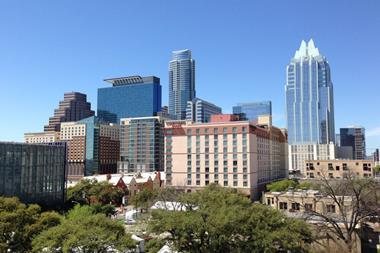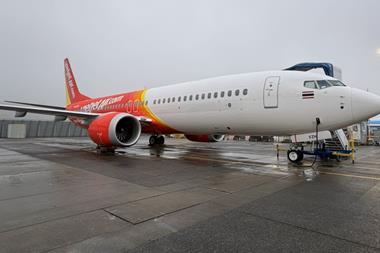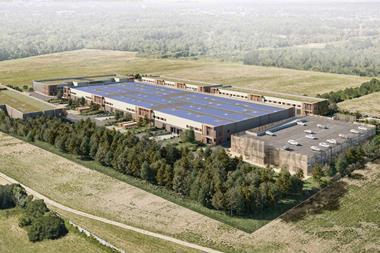Global institutional funds manager IFM Investors is to set emissions reduction targets and pathways for its AUD10bn (€6.2bn) Australian infrastructure portfolio.
Chris Newton, IFM’s executive director of responsible investment, said the project - which will transition the manager’s assets into a low carbon future - will extend next year to its AUD17bn holdings in offshore infrastructure, held in its global fund.
“Setting reduction targets and being accountable to these targets is key to protecting our investment value and delivering environmental benefits for society,” he said.
Speaking to IPE Real Assets following publication of the IFM 2018 Infrastructure Footprint Report, Newton said the report demonstrated the manager’s commitment to reducing emissions.
The report measures the carbon footprints of infrastructure assets IFM owns around the globe.
The next phase, said Newton, was to establish targets for carbon emissions and design pathways, a process that included detailed transition and physical risk assessments.
IFM investors and co-owners in infrastructure globally understood that climate change posed a significant investment risk, impacting value over the short, medium and long term, said Newton.
Measuring the carbon footprint of infrastructure assets was not dissimilar to measuring carbon emissions from property and businesses.
“Our assets do not have a heavy footprint. If you take our ports and airports, the emissions come from planes and ships, or the traffic around the facilities, which account for 97% of the emissions,” he said.
Despite the low emissions of its ports in NSW for instance, Newton said the firm had taken the initiative to offer incentives to shipping companies to reduce their carbon emissions by offering a reduction in berthing fees.
He said that similarly, electric cars were offered a reduction in toll charges on an IFM-owned toll road in Mexico.
Newton said IFM had installed solar panels such as Darwin Airport, which it owns. Overseas, Newton said Manchester Airport, jointly owned with the local government, was now carbon neutral, as it sourced and used renewable energy to run the airport.
But there were challenges, he said. Veolia Energia Polska, a district heating plant in Poland, aimed to reduce carbon emissions by 10% a year by substituting biomass for coal.
But coal could not be totally replaced if it was to provide heating to Polish households.
















